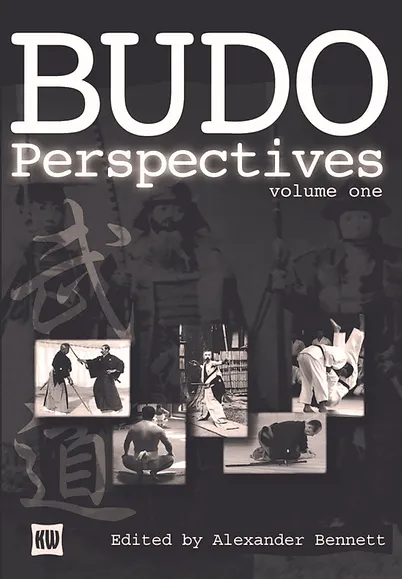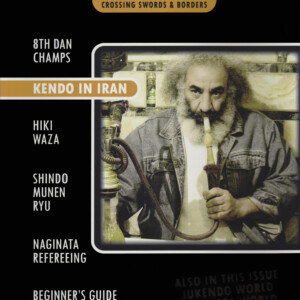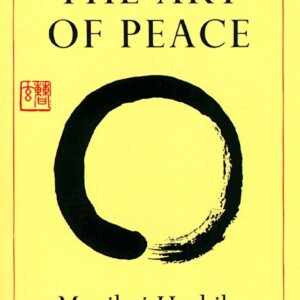
Budo Perspectives

Edited by Alex Bennett
Budō is one of Japan’s most significant contributions to the world’s athletic heritage. In fact, I consider budō to be Japan’s most successful cultural export. Wherever you go in the world, even in the remotest towns of the farthest countries, there is a high probability that there will be a ‘dōjō’ of some sort in the community. In that dōjō you will find the local people barefooted, dressed in Japanese dō-gi, obeying commands in the Japanese language, bowing the Japanese way, and more often than not, there will be a Japanese flag or a picture of some great Japanese master from the past occupying a prominent part of the dōjō. Interestingly, probably not one of the members will have ever been to Japan, and contact with Japanese people will be limited. There will always be some idiosyncrasies in the way training is conducted stemming from the fact that it is not actually Japan, and there are many aspects which have to be adapted to suit that particular social milieu.
AVAILABLE IN PRINT FORMAT! SEE THE LINK BELOW!!
Contents
Introduction
Editorial Note
Symposium Participants
Budo Ideals
Twentieth Century Budō and Mystic Experience
Research of Miyamoto Musashi’s Gorin no sho: From the Perspective of Japanese Intellectual History
Zen and Japanese Swordsmanship Reconsidered
Ken-Zen-Sho: An Analysis of Swordsmanship, Zen, and Calligraphy and their Relevance Today
Budo Concepts
Cultural Friction in Budō
From “Jutsu” to “Dō”
The Birth of Kōdōkan Judo
Budō as a Concept: An Analysis of Budō’s Characteristics
Confusion in the Concept of Budō in South Korean Society
The Culture of ‘Bu’
Budo and Education
What Should be Taught Through Budō?
Central Issues in the Instruction of Kendo: With Focus on the Inter-connectedness of Waza and Mind
The Promotion of Budō for the Disabled
Budō in the Physical Education Curriculum of Japanese Schools
Budō & Education
Off the Warpath: Military Science & Budō in the Evolution of Ryūha Bugei
Internationalization of Budo
The Influence of the Japanese Martial Disciplines on the Development of the United States Marine Corps Martial Arts Program
Thinking Differently about the Teaching of Judo in Japan
Folk Martial Arts and Ritual: Continuity through Economic Change
Kendo or Kumdo: The Internationalization of Kendo and the Olympic Problem
Tilting at Windmills: Observations on the Complexities in Transmission of the Koryū Bujutsu in Japan and the United States . . . . .
Budō’s Potential for Peace: Breaking Down Barriers in the Israeli/Palestinian Conflict
Public Lectures
The Paradox of “Judo as an Olympic Sport” and “Judo as Tradition”
The Role of Judo in an Age of Internationalization





















No comments yet.